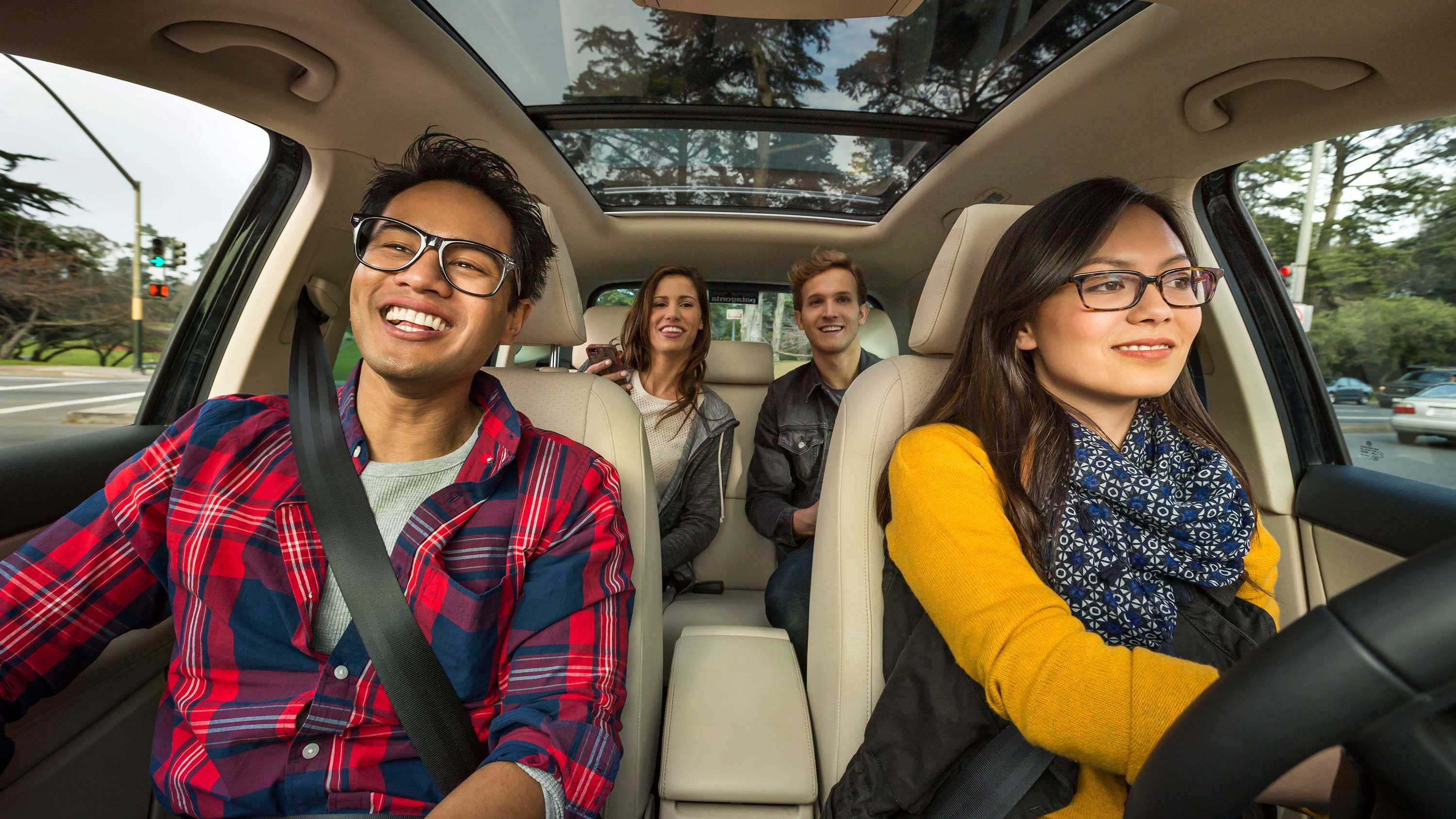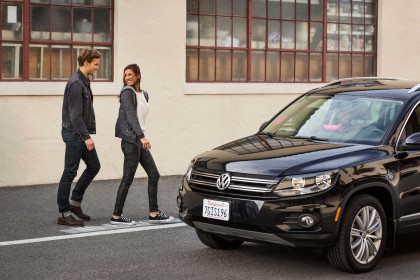Uber vs Lyft: everything you need to know before calling a ride
Why ride-share anyway?

Ride-sharing has fast become one of the world's preferred ways of getting from point A to point B. Gone are the days when you needed to call a taxi company in advance or face hundreds of others waiting for a taxi after getting off a flight. Now, you have access to a ride where you want, when you want.
If you're in a city -- even a relatively small one -- you likely have access to the likes of Uber and Lyft, the two major ride-sharing services in the U.S. You've probably seen cars from these services around town before, whether you knew it or not.
Sure, Uber and Lyft have gotten their fair share of negative press, but among customers there's really no downside -- lower prices than taxis, easier to request, and so on.
Here's everything you need to know about ride-sharing services like Uber and Lyft.
What exactly do Uber and Lyft do?
Uber and Lyft are known as what are called 'ride-sharing' services, which basically means that average people who own average cars use their vehicles to ferry people around. Of course, they don't do it for free -- you'll have to pay for the services, but they're generally quite a bit cheaper than your average taxi.
The term ride-sharing comes from the fact that these services started as a way to literally share a ride with other passengers. People going in generally the same direction could take the same car, cutting down the cost of your ride while ultimately making the driver the same amount of money, if not a little more.
How do Uber and Lyft work?
You start by downloading the app for the service that you're interested in using, then sign up for the service and enter your credit card information. After that, you can search for the destination you want to go to and the starting point, whether it is your current location or somewhere else. You areshown a price and how long it is before a car can come and pick you up.
Sign up for breaking news, reviews, opinion, top tech deals, and more.

After they take you to your destination, you're asked to rate the driver, and driver is asked to rate you. This is generally aimed at ensuring that everything was safe and worked smoothly. If you're rated badly -- for example if you trashed their car -- fewer drivers might accept your requests for rides. On the flipside, you're able to see a driver's rating when you're matched up with them and before you get in the car.
What kinds of rides do Uber and Lyft offer?
Uber and Lyft offer a number of different types of rides, each costing different amounts. Here's a rundown of the different rides each service offers.
Uber
First up is UberX, which is the "standard" Uber service. UberX basically involves you getting a standard, private car, and riding in it from point A to point B.
Second is UberXL. As the name suggests, UberXL will get you a slightly larger car, with at least 6 seats. Perfect for a group of people or a family, and generally an SUV or minivan.
Third is UberSELECT, which is a luxury take on UberX. It will have at least four seats, and will generally be a more expensive car like a Mercedes, Audi, or BMW. This service was previously known as UberPlus.

The fourth service is UberPOOL, and this is where the 'ride-sharing' name comes from. UberPool involves you sharing a ride with others going in your general direction, which means that you'll pay a lower price but you might not get to your destination as quickly. This service is only offered in a few cities.
Last but not least is UberBLACK, which takes UberSELECT a step further. This is for executives and those that want to ride in luxury, and is Uber's most expensive offering. Generally you'll get a black SUV or another luxury car.
Lyft
Lyft's standard service is simply called Lyft. It will generally involve you getting a standard, private car to your destination.
Lyft Plus is to Lyft what UberXL is to Uber. It will generally involve a car with six or more seats, which is, again, great for groups or families. It's a little more expensive than Lyft.

Last but not least is Lyft Line, which pairs you with riders going in the same general direction as you, which will get you slightly lower prices. This service is only available in certain cities.
Why do I keep reading bad things about it?
This can get a little complicated. Perhaps the biggest reason that ride-sharing companies make headlines is because of the fact that it's so disruptive to the taxi industry. Uber and Lyft absolutely took off after it launched, leading to taxi drivers fighting back, whether that be legally, or through protests.
The services have also been under fire for how it classifies drivers. Some drivers want to be classified as employees rather than as independent contractors, which would mean that they would obtain the benefits of an employee -- such as health insurance, overtime pay, and so on.
There's one more reason that these companies have made the news -- that they have been accused of business tactics that aren't exactly savory. Uber has specifically come under fire for aggressively trying to recruit drivers away from Lyft and even trying to sabotage the company.
Uber vs. Lyft?
There's one question remaining -- which service should you go for. It's generally accepted that Uber is a little cheaper than Lyft, largely because Uber is trying much more aggressively to cut the competition out of the market. Still, it's only slightly cheaper. Uber and Lyft both have a base price of $2 in San Francisco, with the ride costing an extra $0.22 per minute and $1.15 per mile. Lyft costs one cent extra per minute and mile, so the difference is negligible, but still there, and could add up over time.

Perhaps more important for some is whether or not a service operates in your city. For a full list of Uber cities head here, and for a full list of Lyft cities, head here.
Arguably it doesn't really matter which service you go for, but Uber is a larger service and obviously one cent cheaper per mile, although that might be different in some cities. I would look up the prices for your particular city for each service and make your decision based on that.
Take your pick
Uber and Lyft are both huge services that are only getting better. Using this information you should now be able to make an informed decision about which service is right for you.
Christian is a writer who's covered technology for many years, for sites including Tom's Guide, Android Central, iMore, CNN, Business Insider and BGR, as well as TechRadar.